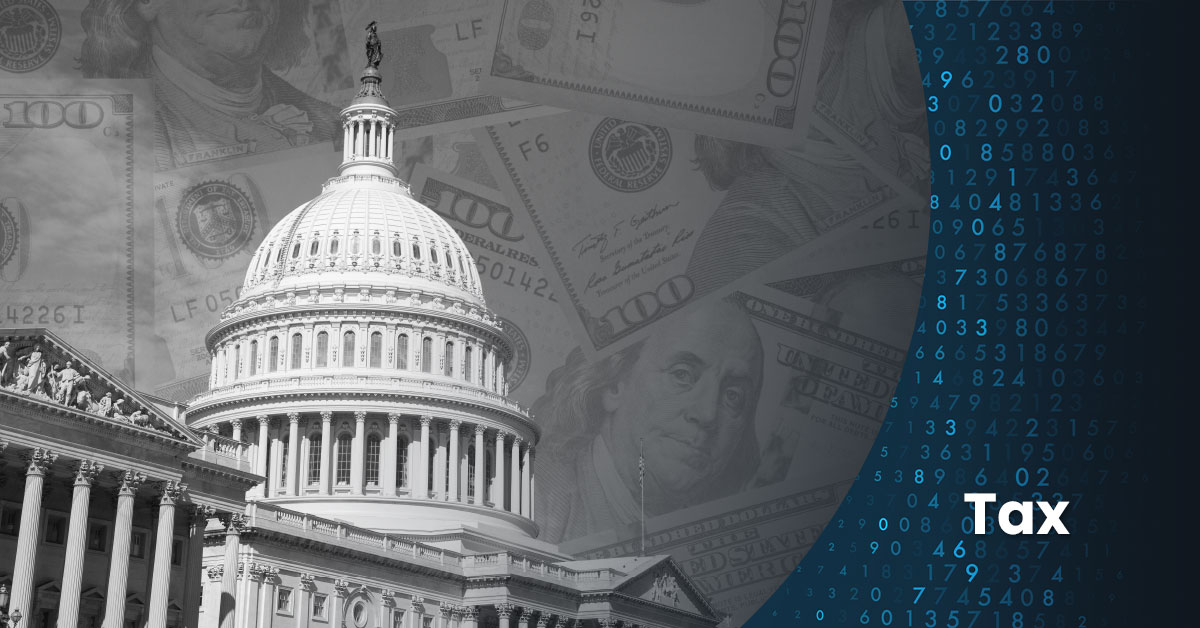On February 6, 2025, President Donald Trump convened a marathon session with House Republicans at the White House, focusing on ambitious tax reforms, a pivotal component of his administration’s economic agenda. The nearly five-hour discussion brought together key GOP lawmakers to hammer out differences over a sweeping multitrillion-dollar initiative to cut taxes, reduce government spending, and reshape federal economic policies.
Key Points Addressed in the Meeting
The discussions centered around President Trump’s 2025 tax plan priorities, several of which were hallmarks of his campaign promises. According to White House Press Secretary Karoline Leavitt, Trump’s 2025 tax plan included:
- Eliminating Taxes on Tips, Social Security Benefits, and Overtime Pay: These cuts target workers in industries like hospitality and retail, aiming to reduce their tax burden and boost take-home pay.
- Renewing the 2017 Tax Cuts: These were set to expire, and Trump pushed for their extension to maintain lower rates for individuals and corporations.
- Adjusting the Cap on State and Local Tax (SALT) Deductions: This move could relieve middle-income taxpayers, particularly in high-tax states, potentially restoring some deduction benefits that were curbed in 2017.
- Closing Tax Loopholes: Notable proposals involved eliminating tax breaks for professional sports team owners and repealing the carried interest loophole, targeting wealthy financiers and corporations.
- Encouraging Domestic Manufacturing: Trump proposed tax cuts for U.S.-made products to bolster domestic industries and counter foreign competition.
Beyond these points, broader GOP objectives were woven into the conversation. House Republicans debated budgetary offsets to fund these tax reforms and achieve deeper cuts to federal spending, ranging from health care and food assistance programs to green energy initiatives.
Implications Trump’s 2025 Tax Plan for Everyday Individuals and Businesses
Trump’s 2025 tax plan could have long-lasting effects on families and businesses nationwide. For small businesses, lower operational costs due to domestic manufacturing incentives could translate into job growth and investment opportunities. Conversely, middle-class Americans should benefit from reduced payroll deductions, particularly those in service-based jobs.
Looking Ahead
With a self-imposed goal of passing tax legislation by April to kickstart reconciliation, whether Trump’s 2025 tax plan materializes into law will remain to be seen.
Ultimately, the outcomes of these discussions will ripple beyond Washington, shaping the financial well-being of small businesses, middle-class families, and industries across America.
For more information, contact our experts today.





 Previous
Previous






